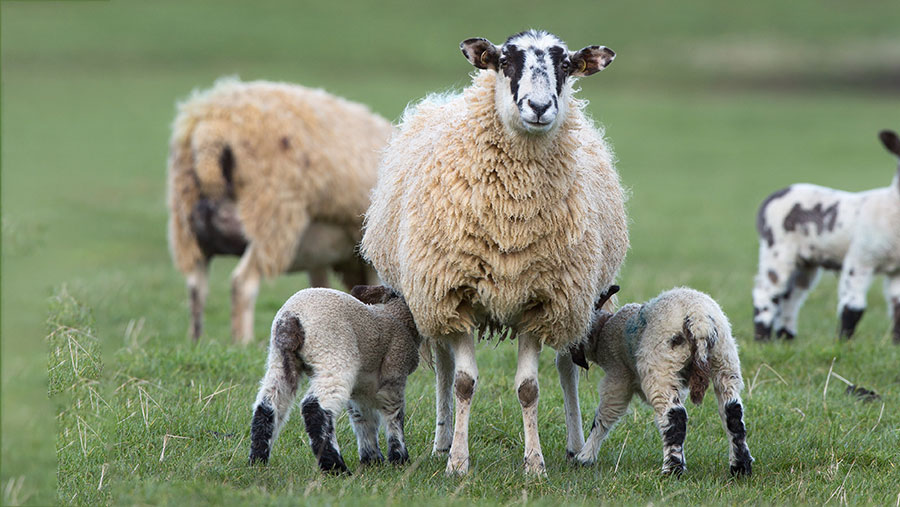Heaviest lambs at weaning are leanest, study shows
 © Tim Scrivener
© Tim Scrivener Lambs that are the heaviest at weaning go on to produce the leanest meat, a new study by Rothamsted Research shows.
Scientists looked at the feasibility of using a lamb’s weight early in life to predict carcass quality at target weight.
They found that lambs heavier at weaning, typically at 13 weeks of age, were significantly more likely to have leaner and more muscular carcasses. And these carcasses were significantly more valuable at slaughter, even after accounting for seasonal variation in lamb prices.
The study was carried out at Rothamsted’s farm lab at North Wyke Farm Platform, Devon, with data collected from 2,963 sheep. It was funded by the AHDB and Biotechnology and Biological Sciences Research Council, and published in the journal Animal.
What it means for farmers
The team concluded that a stronger focus on ewe nutrition before and during lactation is key to increasing profitability.
See also: How to troubleshoot poor lamb growth rates
“More than one-third of British lambs going to market are rated as overfat,” says lead author and PhD student Andy Jones. “We’ve shown that the leanness of lamb meat is determined very early in an animal’s life.
“Given that the majority of lambs’ pre-weaning nutrition comes in the form of ewe milk, it is now likely that carcass quality is also affected by management of ewes during pregnancy and lactation.
“On the other hand, how to manage lambs once weaned may not be as important as those early life experiences.”
Other benefits of improving growth
As most heavier-weaned lambs leave the flock before lighter-weaned ones, an increase in average weaning weight could also free up more pasture for ewes in the latter stages of the current season, and enhance ewe condition and fertility for the following season.
The findings could also have implications for the climate change effects of livestock farming.
“At first glance, livestock’s effect on the environment and health may seem independent from one another,” says Taro Takahashi, who led the research team.
“But, as we’ve demonstrated previously, the carbon footprint of a food item should be evaluated as the ratio between greenhouse gas emissions and the overall nutritional value of the product, rather than just the nominal weight of the product.
“Besides, if these lambs spend a shorter time on the farm, this can trim down emissions of both methane and nitrous oxide as well,” said Dr Takahashi.
“The production of leaner meat does contribute to climate change mitigation, provided that people don’t make up for the leanness with overconsumption.”
